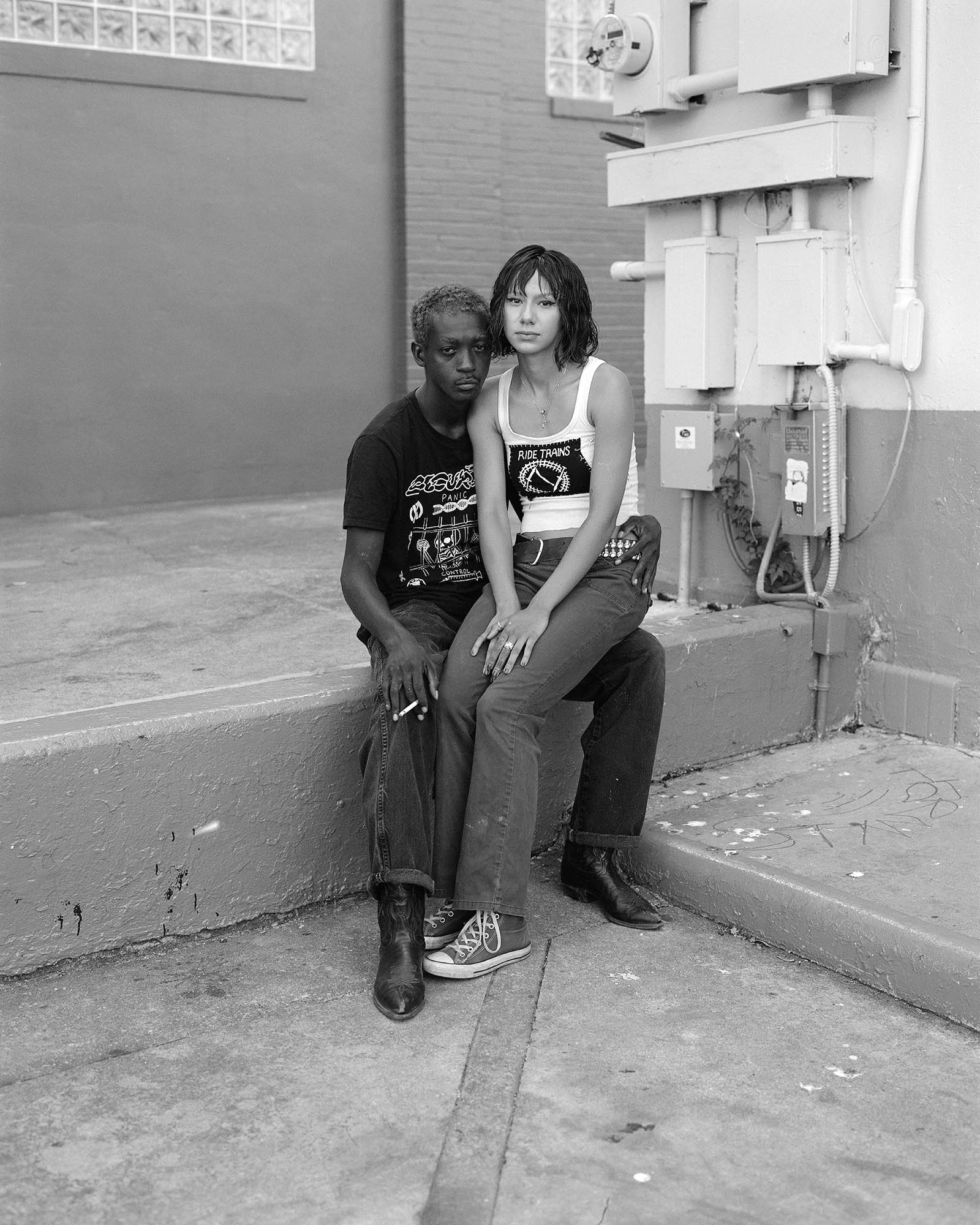One day last spring, photographer Rahim Fortune and his girlfriend left Brooklyn, New York, with all of their belongings stuffed into a moving truck. He voyaged back to Texas, his home state, to help take care of his father, who was losing a years-long battle with ALS. By summer, his father had passed away.
The question of “What next?” immediately hit him. “I had to help my little sister get a new living situation,” he tells me, his Texas accent wavering in and out. So Rahim, who shot a Paloma Elsesser-fronted i-D cover last year, remained in the Lone Star State. During this time of grief and healing, backdropped by a pandemic and civil rights protests, he turned his camera on the world around him. He captured friends’ pregnancies and local Austin rappers and Black horse riders galloping through fields and his family’s healing process.
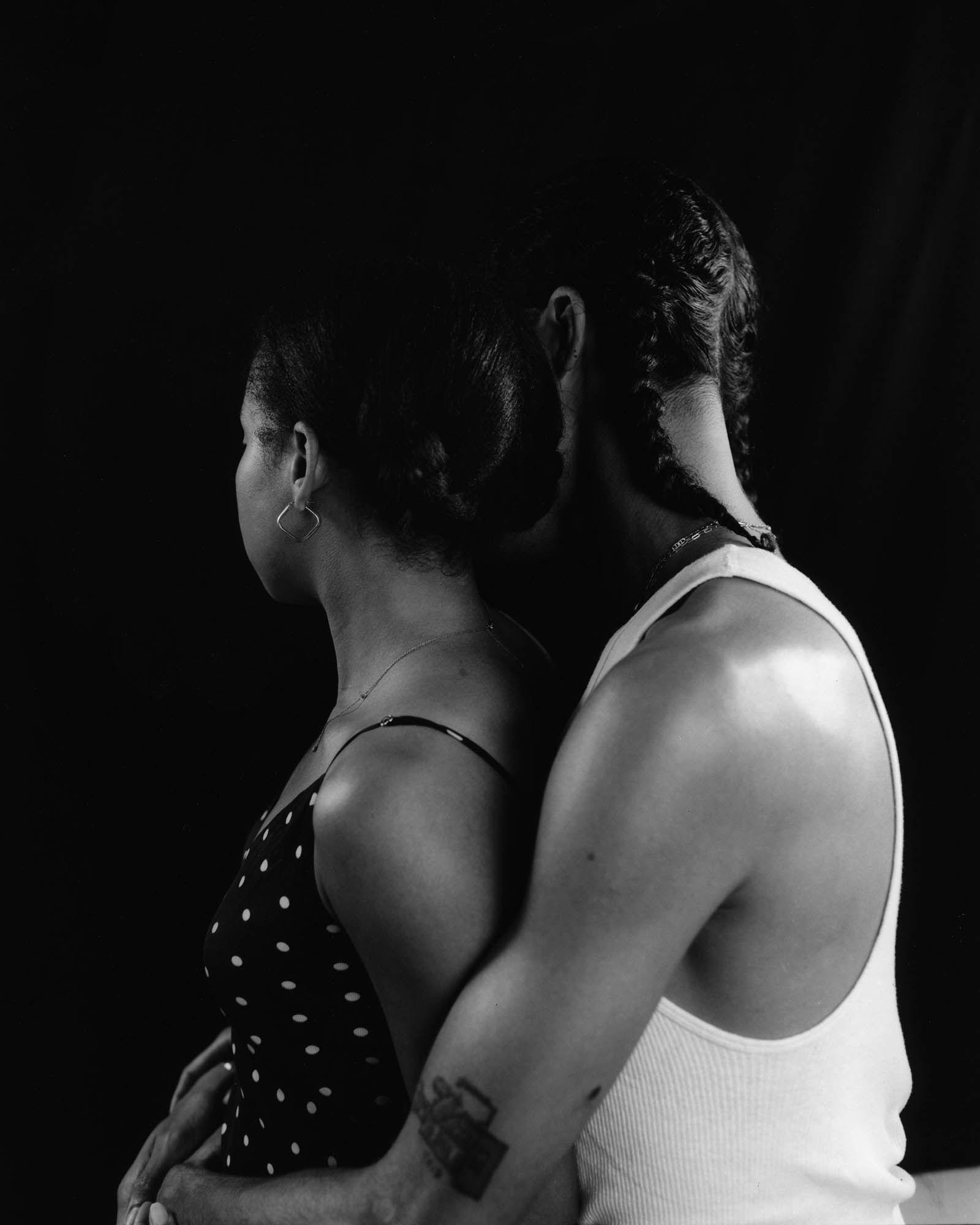
All of these complicated, emotionally heavy black-and-white images are now featured in Rahim’s new photography book I can’t stand to see you cry, published by Loose Joints. The elegant portraits inside feel like a love letter to the Texas Hill Country region and everything Rahim holds dear, made all the more poignant through a year filled with large-scale loss and uncertainty.
Today, Rahim, who now shuffles between Texas and New York, is proud of the book he created during such a difficult period. And his relationship to the new work is intensely personal: he hand-processed each image himself, in Texas water. As he puts it, with a smile in his voice, “They were processed in the same water that I shot them in. I love that.”
Here, Rahim speaks with i-D about grappling with loss, the state of Black image-making, and his complicated love for Texas.
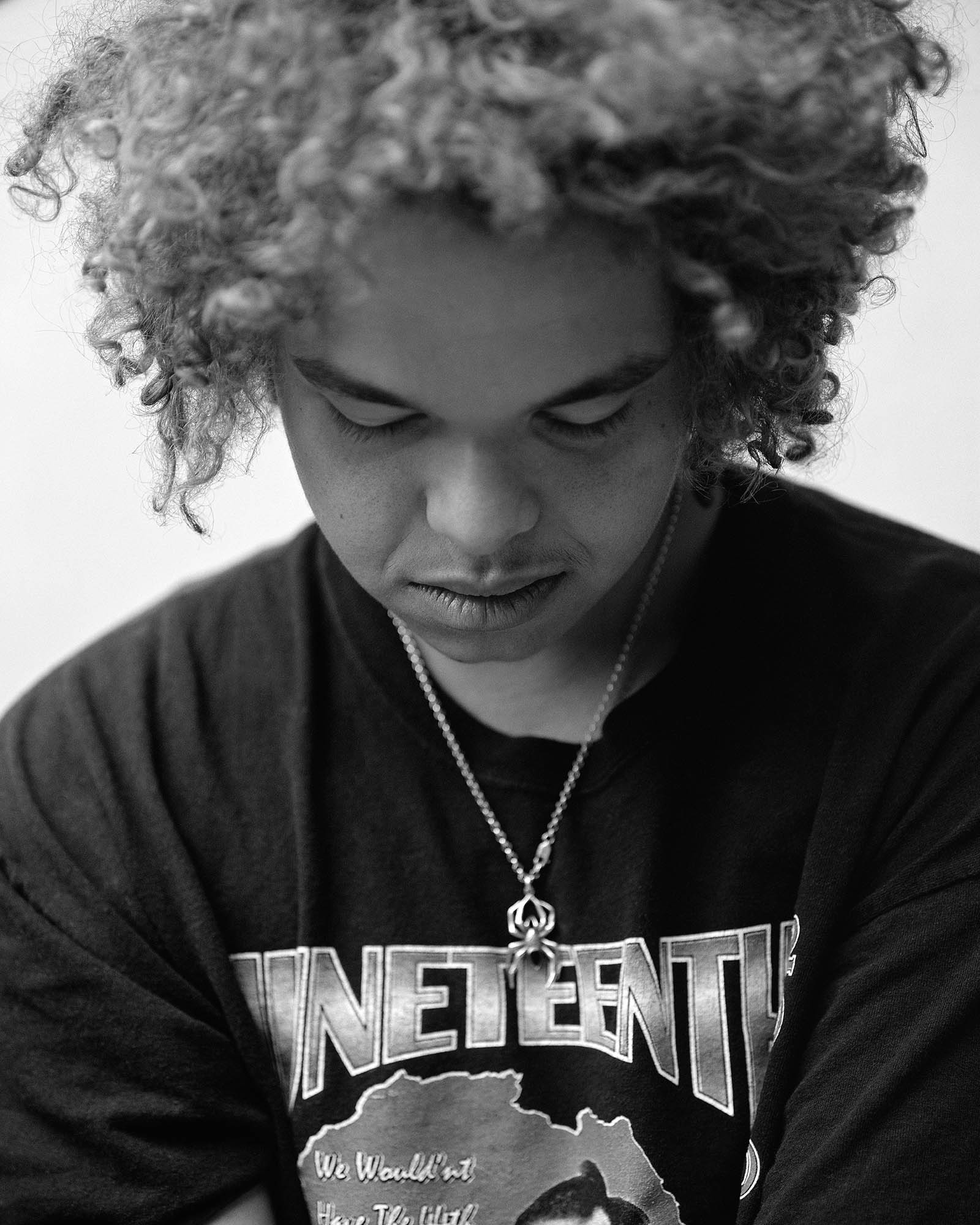
What is the focus of I can’t stand to see you cry?
It’s kind of a social documentary and a geographical exploration of Texas, which is where I spent a good part of my youth. The book also looks at my family and the landscape in Central Texas that was just leading up to a sweltering moment with Covid and all of the civil unrest that unfolded last year. That’s really the main focus of the book. It also corresponds with my father’s passing away — so that is also a big part.
There’s a lot of emotion behind that — documenting these images during a concentrated period of grief, loss and sadness. What are some of those moments of despair, both personal and external, that you captured on camera?
Some [were taken at] the very beginning of the protests that took place after George Floyd Jr. was killed. In Austin, there was also a highly publicised police killing of a man named Mike Ramos. But there were a lot of people photographing protests. I wanted to get away from that kind of documentation and focus more on the interpersonal narratives that I was experiencing. So I looked at pregnancy during the pandemic, for example. One of my friends gave birth to their first child. Then there was my sister and her hours and hours of caregiving for my father. And my grandmother’s leukaemia came back up, and she also lost a son during this period.
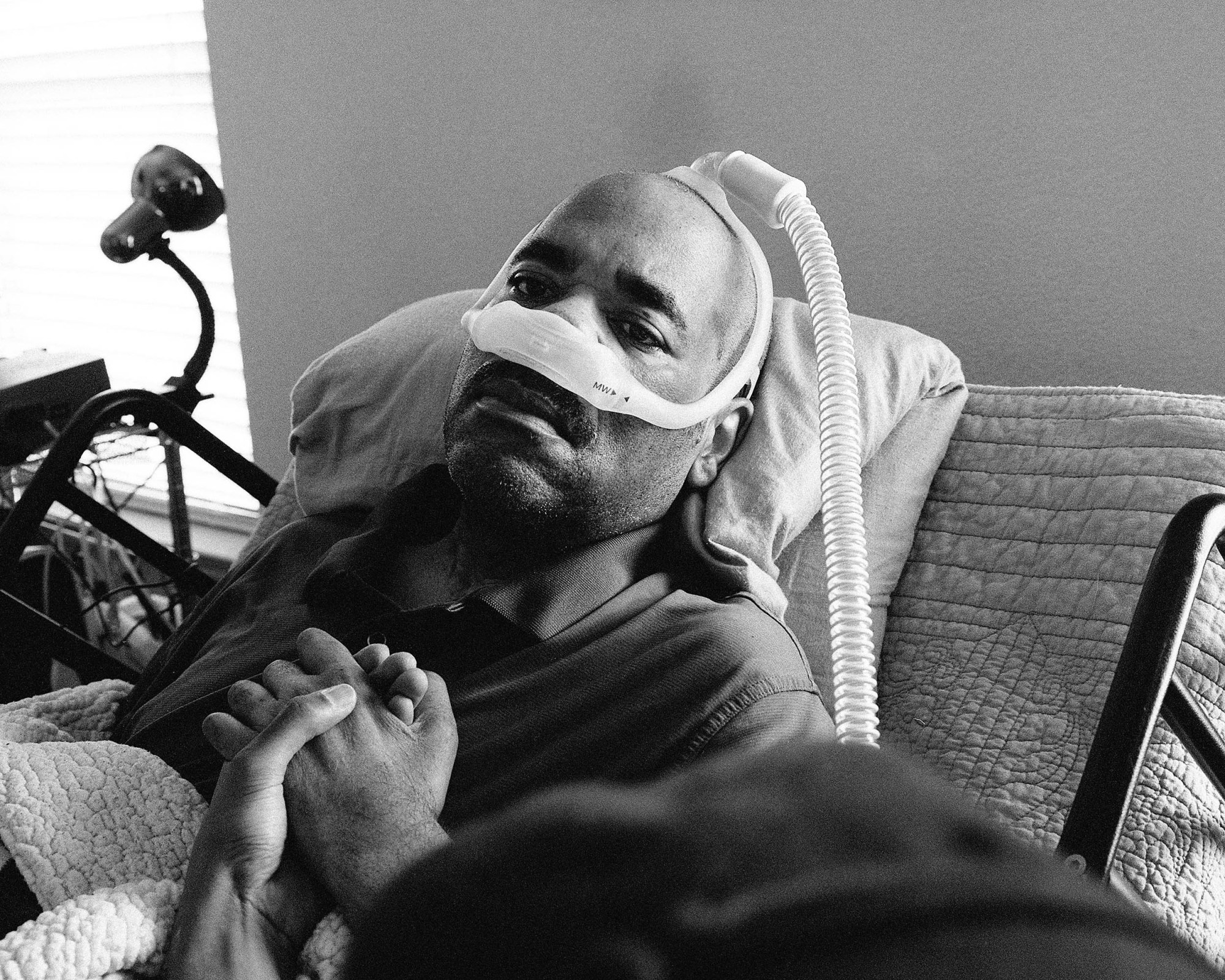
Tell me about Texas as a character in your work.
For me, I’m representing some of what is both fact and fiction about Texas. I showcase the elements that I think best exemplify the culture there, but there’s also so much gentrification that’s on the back of the already segregated systems we’ve had in the state. In Austin, the history of Jim Crow is really particular. Gentrification did such a number on “Black Austin”. If you were to go to Austin and look around, you would not see my photographs represented, really. You have to look for it.
Your subjects are contemplative and tender in a lot of your images. It feels like they are vulnerable to the camera. Is this a purposeful perspective you’ve taken or something you’re subconsciously drawn to?
Each photo has its own particular story, so to say overall would be difficult. I think a lot of that does have to deal with the subject matter. The book starts with a gentleman named Billy; he’s an Austin and Houston-based rapper. [It begins] with that image because that one was like an aesthetic breakthrough for me. That was maybe the first portrait I shot after the lockdown that wasn’t of my family. That shoot was more editorial than it was documentary, and it really ushered in an aesthetic for me.
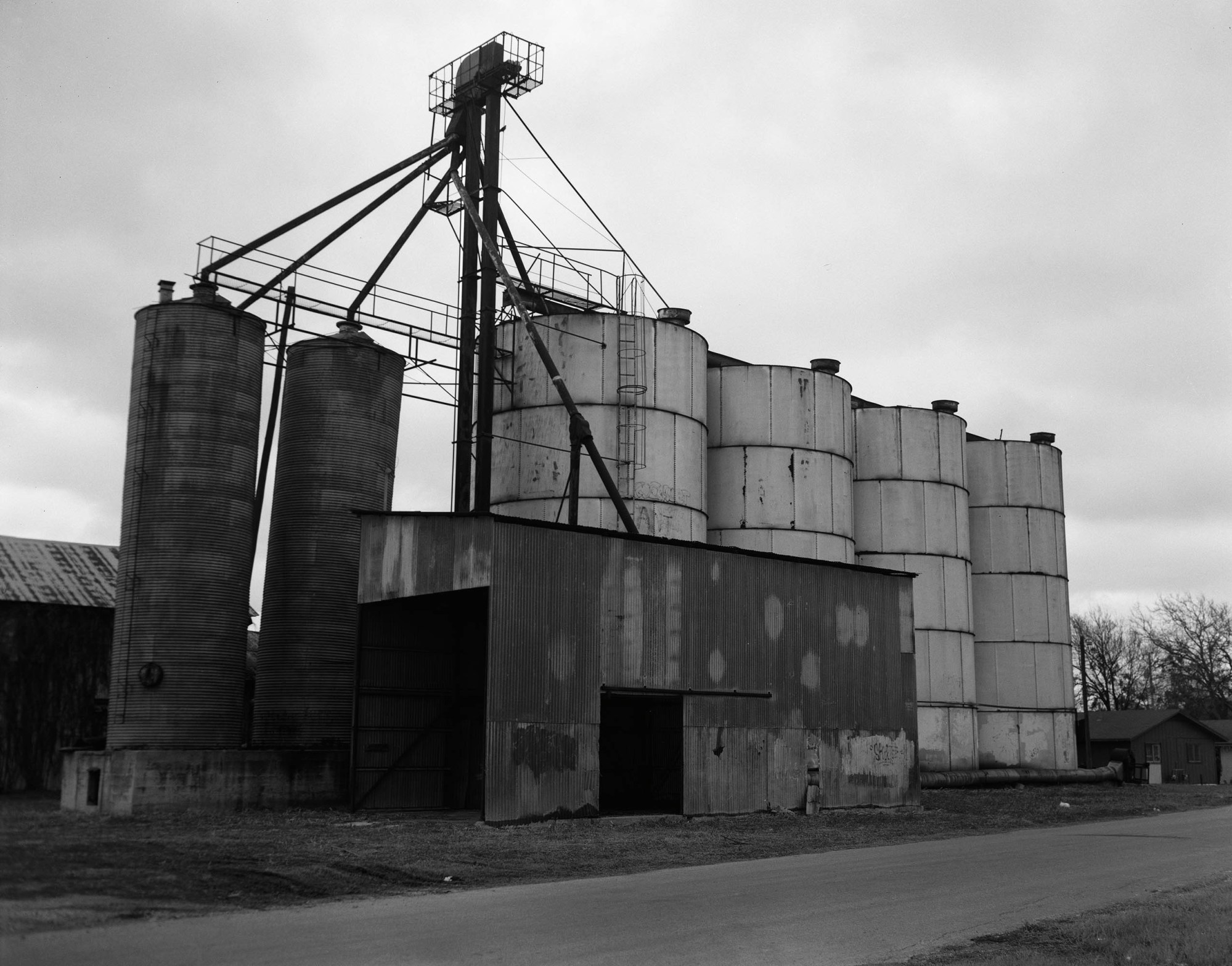
What draws you to black-and-white compositions specifically?
The history of photography. The reckoning with it is very present in this work. I always say if you go to an antique store in Texas, there will be boxes and boxes filled with black-and-white photos, but rarely do you see Black families represented in these images. In the beginning, it wasn’t so conceptual. It was just because I can get my film processed the day of — because I could take it home and do it. I still hand-process all my images.
Where did the title for the book come from?
The title was taken from a song recorded by The Whatnauts. It’s an old soul track. Whenever my father was sick, I would play music for him, the music that he grew up with. “I Can’t Stand to See You Cry” was one of those songs. The book is meant to be viewed through a particular playlist of soul songs that is representative of a certain Black American experience.
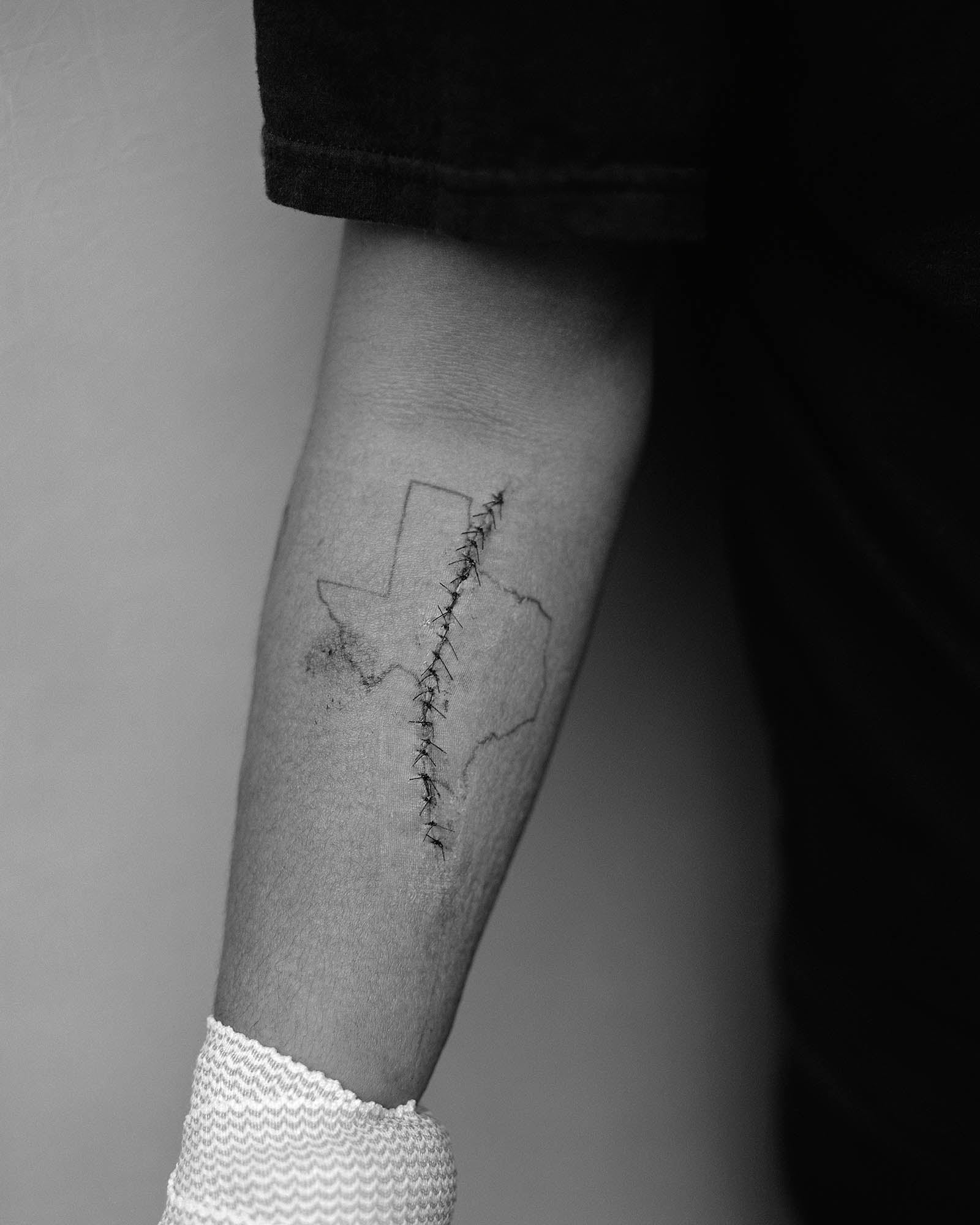
For Black image-makers, the past year has seen a wealth of new opportunities and interest from gatekeepers suddenly spring up. How have you navigated this newfound interest? And what challenges do you feel Black image-makers still face?
I think one issue we face is the grouping in of all Black photographers together. In the beginning, people would reach out, and you could tell you were just becoming part of this algorithm of names. There was one thing where it was like, “Micaiah Carter! André Wagner! Miranda Barnes! Kennedy Carter!” But none of us really had anything to do with each other. It was just this generated headline. Not to put down my contemporaries, because a lot of their work I admire, but your own work is so particular to yourself, and you don’t want just to be considered a one-trick pony. All of our work is vastly different in subject matter and style. So that’s one issue.
Working for older photographers who shot in the early 2000s and who very much were a part of ultimately shaping this aesthetic we have now has been crucial. I think a lot about how older Black photographers have been erased in this current moment; some of them have gotten their flowers, but some of them have just been referenced and left to the past.
Another thing is dealing with the trauma of being a Black person while also having so much attention. I’ve done interviews where I’ve started crying during them because they are asking me about the work and what it represents.
What do you hope to accomplish next?
I want to work on more structural problems, like giving back to young photographers. Just in any way I can, transfer the energy that I’ve been very fortunate to get and the financial mobility I’ve been afforded through photography. I want to be able to give that back in a capacity that doesn’t feel reactionary but actually impactful.
‘I can’t stand to see you cry’ is available to purchase here.

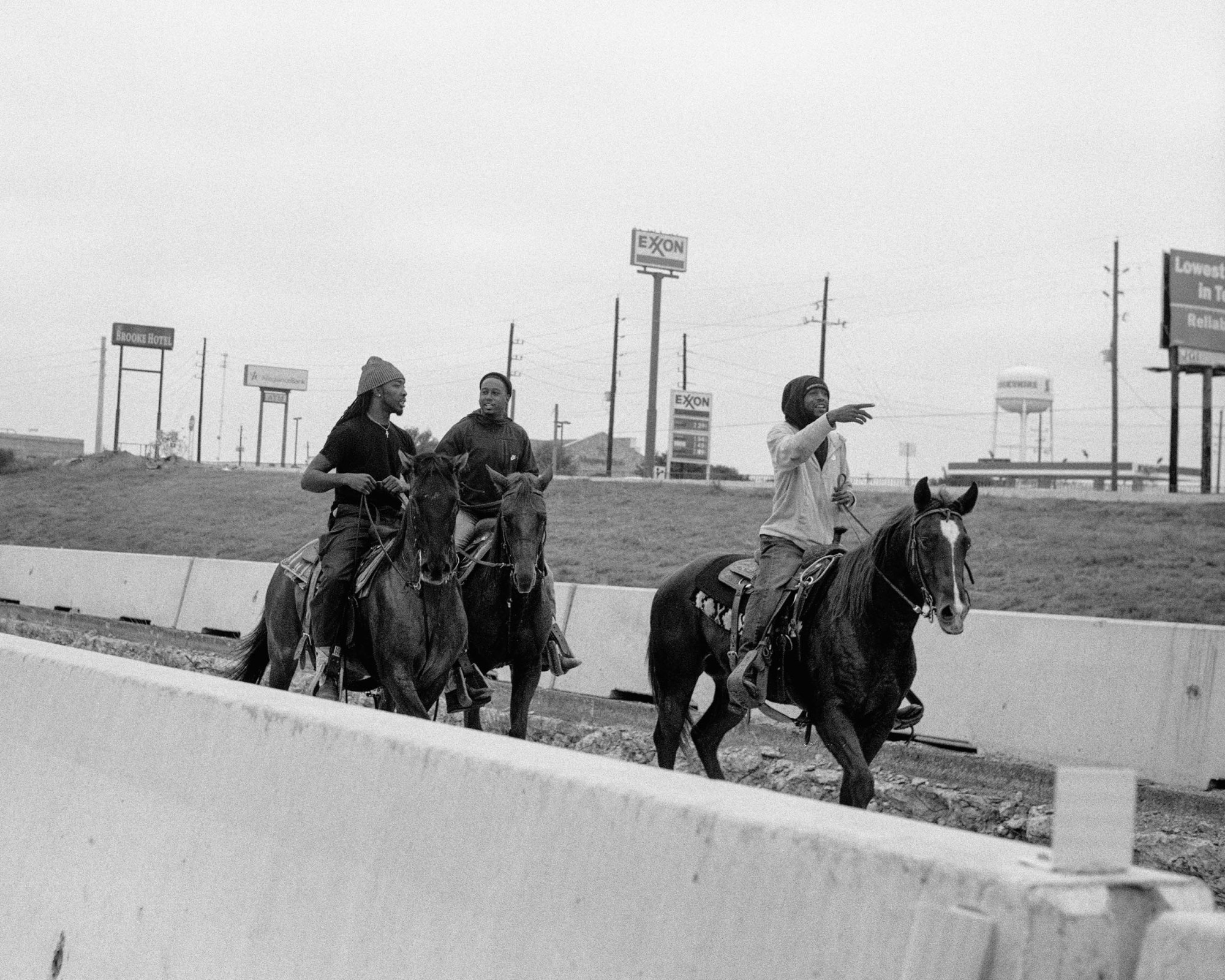
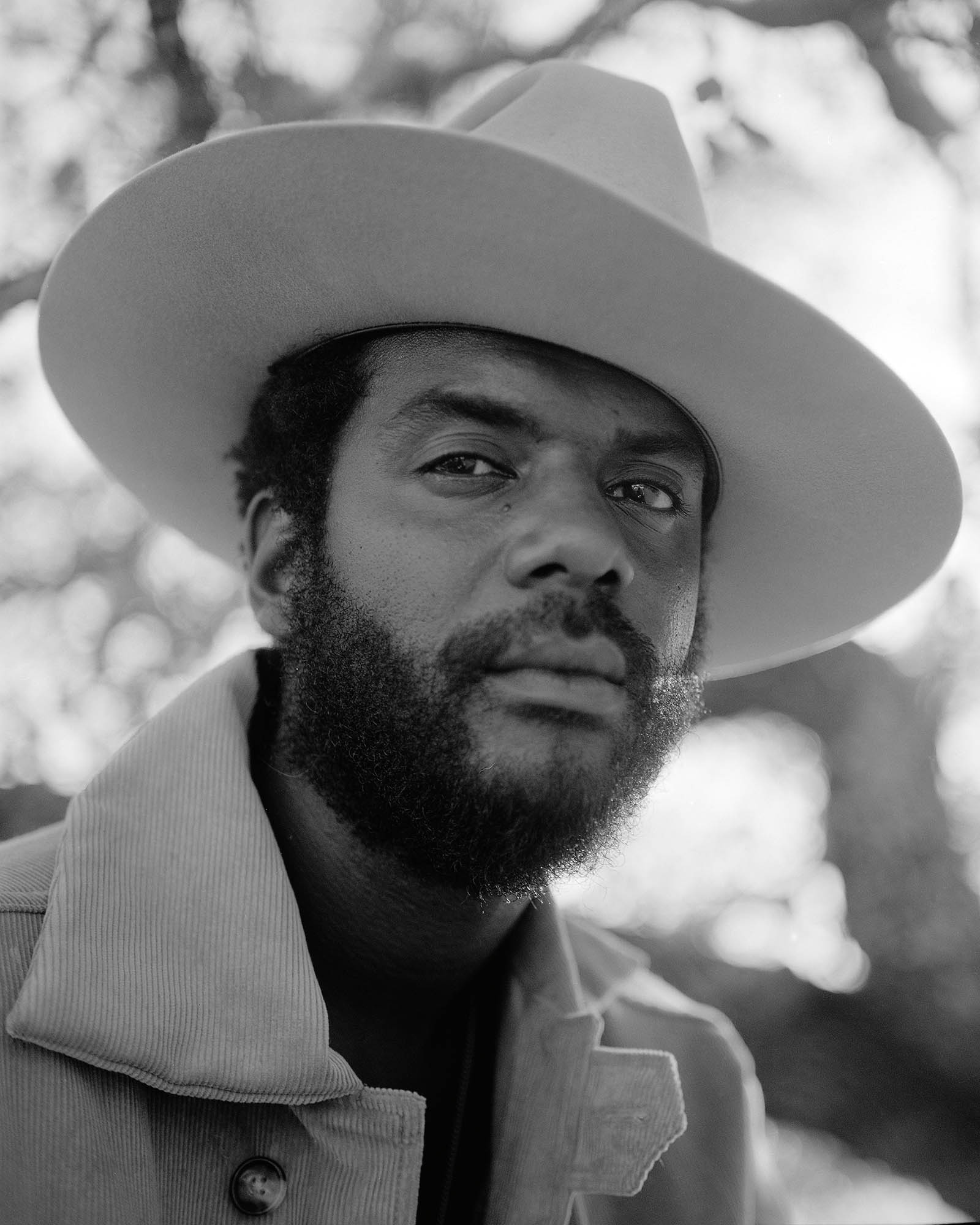
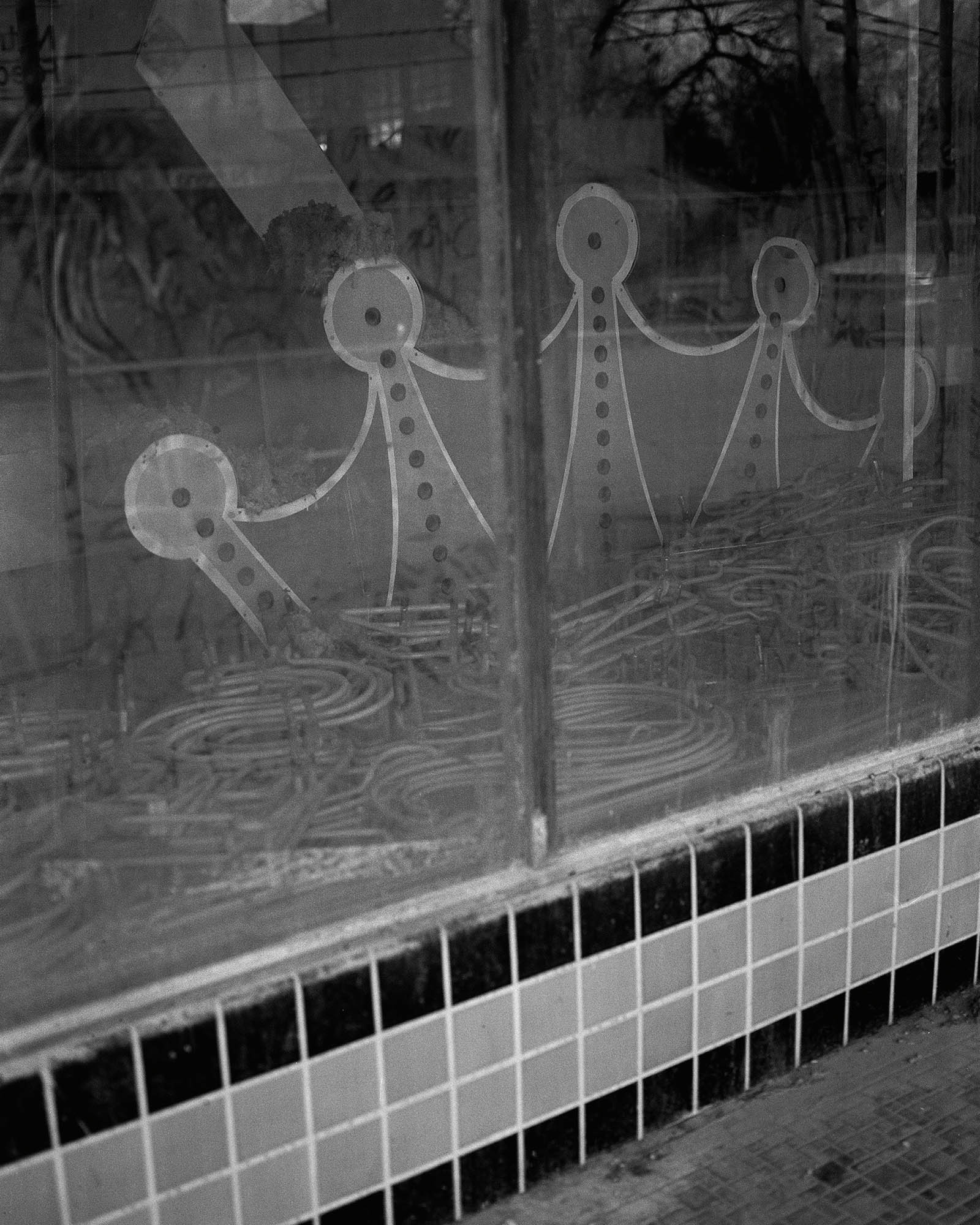
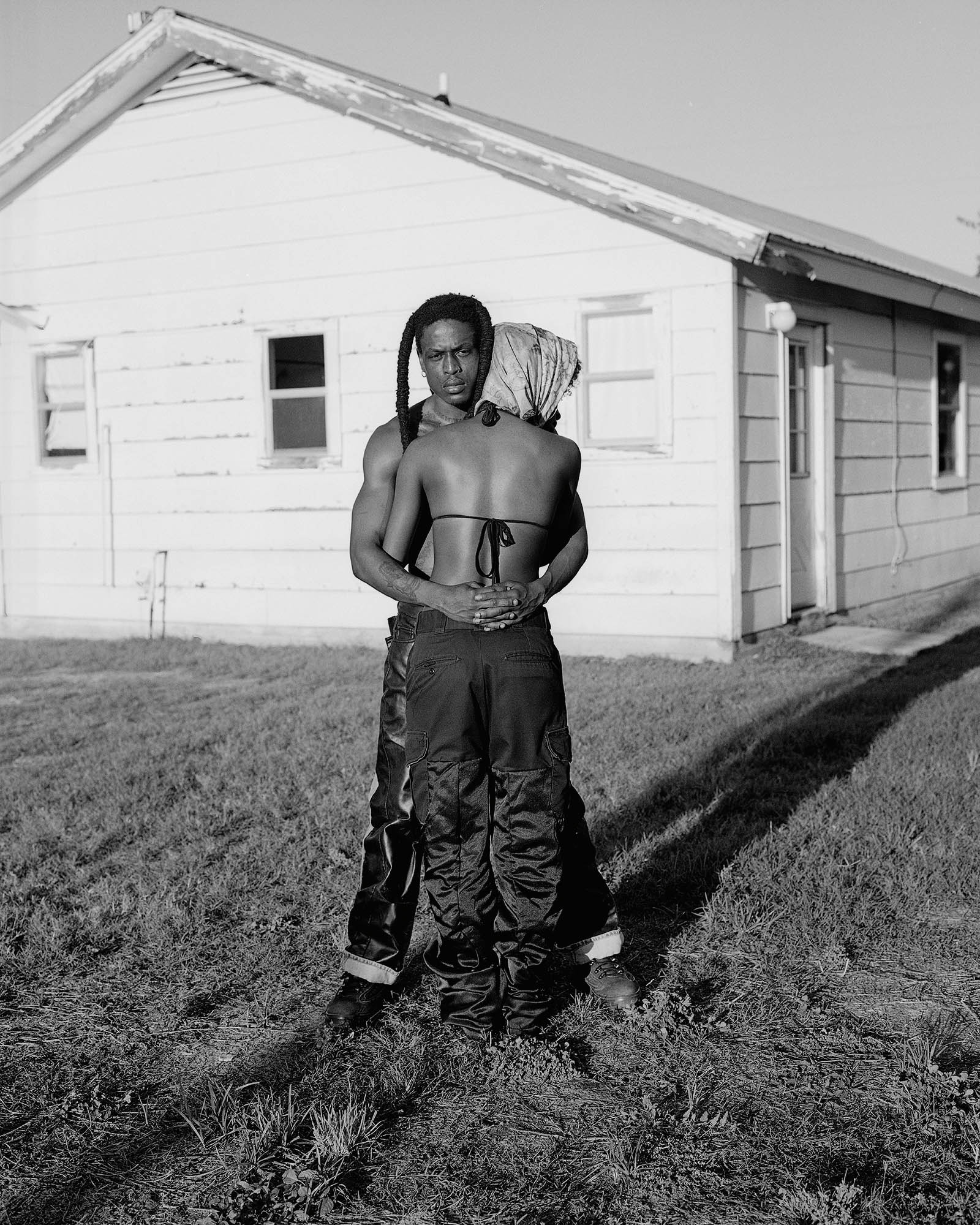
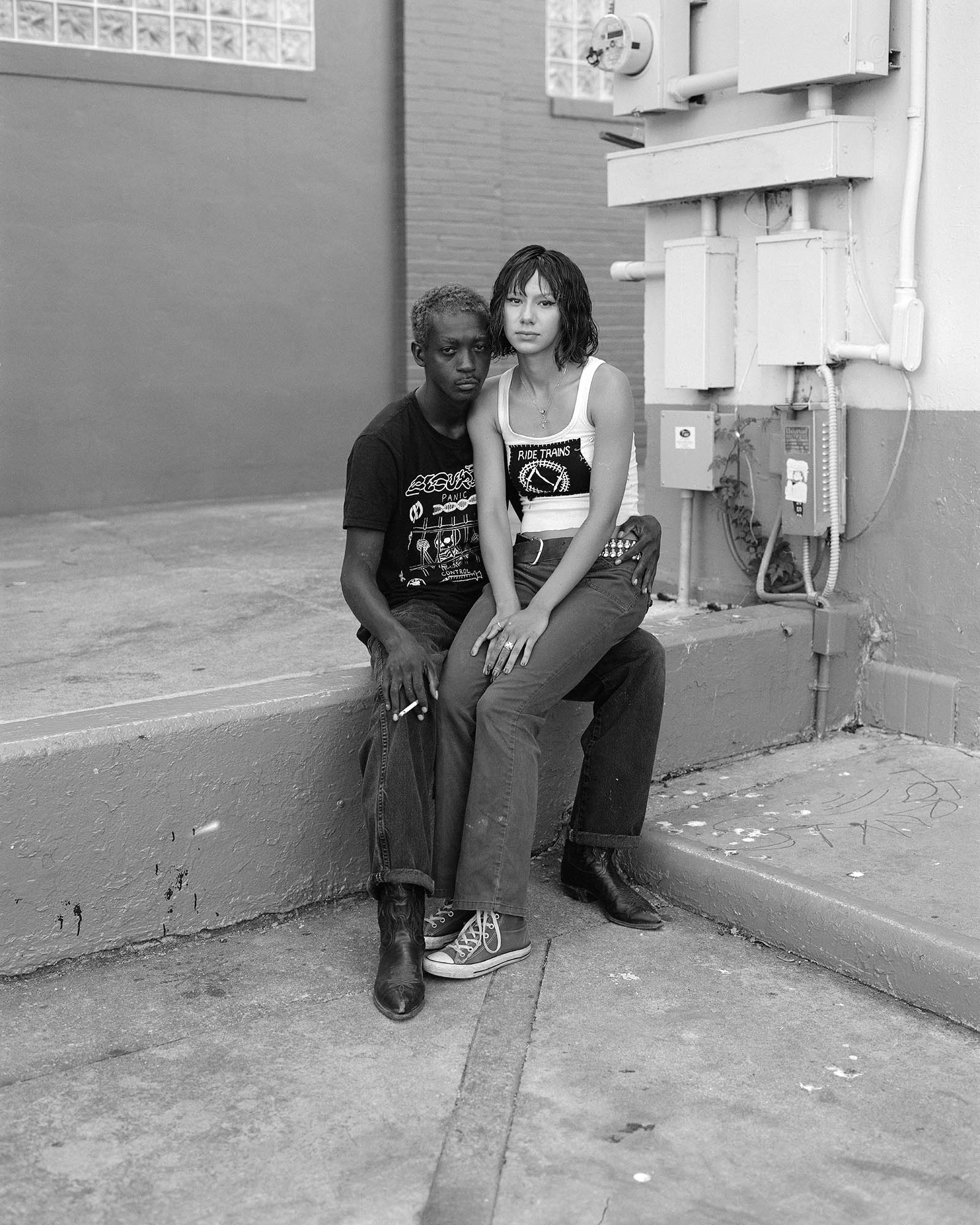
Credits
All images © Rahim Fortune 2021 courtesy Loose Joints
